Zero-Fee Crypto Comparison Tool
Select a network to compare key features and learn how zero-fee cryptocurrencies work.
Nano
Pure Zero FeeBlock-lattice architecture with instant transactions
IOTA
Fee-Free for IoTTangle-based DAG for machine-to-machine transactions
Tron
Near-Zero FeeDPoS consensus with subsidized transactions
Stellar
Ultra-Low FeeFast settlements with minimal transaction costs
Network Details
Select a network above to view detailed information about its features, benefits, and limitations.
Zero-Fee Network Characteristics
| Feature | Nano | IOTA | Tron | Stellar |
|---|---|---|---|---|
| Transaction Cost | 0 USD | 0 USD | ~$0.005 | 0.00001 XLM (~$0.000004) |
| Transaction Speed | Instant | Instant | 1-3 seconds | 2-5 seconds |
| Security Model | DPoS | DAG-based | DPoS | SCP |
| Best Use Case | Micro-payments | IoT devices | Gaming/DeFi | Cross-border transfers |
TL;DR:
- Zero-fee crypto means you can send money without paying any transaction cost.
- Top fee‑free networks today are Nano, IOTA, Tron (near‑zero) and Stellar (ultra‑low).
- They skip traditional mining fees by using DAGs or Delegated Proof‑of‑Stake.
- Pros: instant micro‑payments, cheap IoT swaps, fast cross‑border transfers.
- Cons: smaller merchant adoption, different security trade‑offs, funding challenges.
- Start by picking a wallet, fund it on an exchange, then send a test transaction.
What is a Zero-Fee Cryptocurrency Transaction?
In a typical blockchain, users add a fee to reward miners or validators for confirming their move. A zero-fee transaction removes that cost entirely. The idea is simple: let anyone move value without losing a fraction to a fee, which makes crypto viable for tiny payments, machine‑to‑machine swaps, or high‑volume gaming transfers.
Why Traditional Coins Charge Fees
Bitcoin and Ethereum still rely on Proof‑of‑Work (PoW) mining or gas to keep the network secure. When demand spikes, users outbid each other, pushing fees up. That’s why a simple $0.01 payment can cost $5 during a congestion event.
Leading Zero‑Fee Networks
Four projects have proven that you can run a crypto without charging users per transaction.
Nano - Pure Zero Fees
Nano uses a block‑lattice architecture, a type of Directed Acyclic Graph (DAG) where each account has its own chain. When you send, the sender updates their chain and the receiver updates theirs - no miners, no fee pool. Security comes from a Delegated Proof‑of‑Stake (DPoS) system where trusted representatives vote on the valid state.
IOTA - Fee‑Free for IoT
IOTA’s Tangle also lives in the DAG family. To issue a transaction, you must confirm two previous ones, turning every user into a tiny miner. Because the network’s security budget is built into that validation step, there’s no separate fee.
Tron - Near‑Zero Costs
Tron runs on a high‑throughput DPoS model. Validators are elected by token holders, and the protocol subsidizes transaction bandwidth. Most moves cost under $0.01, and many dApps configure them as free.
Stellar - Ultra‑Low Fees
Stellar’s Stellar Consensus Protocol (SCP) enables settlement in roughly 2‑5 seconds with a flat fee of 0.00001 XLM (about $0.000004 in 2025). That’s effectively free for everyday users.
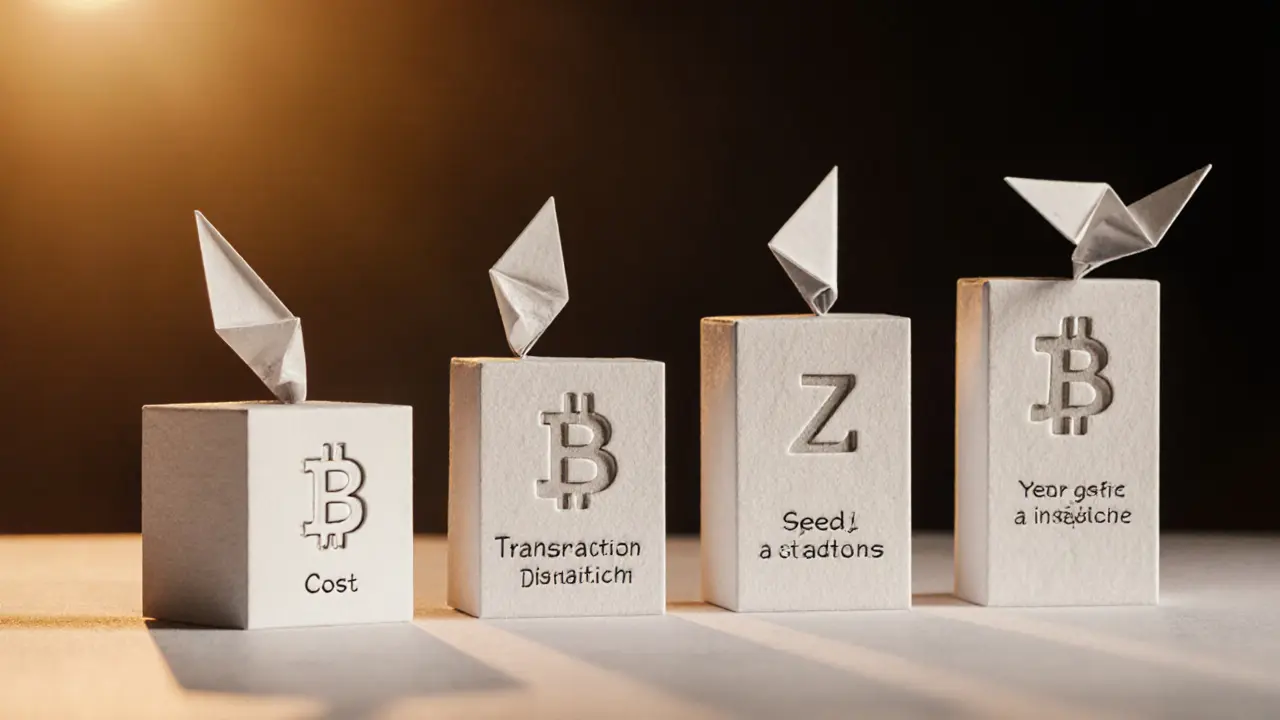
How They Cut Out Fees
All four networks share two core ideas:
- Eliminate miner rewards. Instead of paying per transaction, they reward a small set of validators through staking, reputation, or built‑in network subsidies.
- Change the data structure. DAG‑based designs let each participant validate a slice of the ledger, removing the need for a single, fee‑driven block producer.
In practice, Nano’s block‑lattice means every account processes its own transactions instantly. IOTA’s Tangle forces you to help secure the network before you get credit. Tron’s elected representatives earn token‑based rewards, while Stellar’s SCP reaches consensus by trusted quorum slices, keeping fees trivial.
Pros and Cons at a Glance
| Aspect | Zero‑Fee Networks | Traditional Coins (BTC/ETH) |
|---|---|---|
| Transaction Cost | 0-$0.01 | $0.5-$50+ (depends on congestion) |
| Speed | Instant to 5seconds | 10minutes-hours |
| Security Model | DPoS / DAG‑based validation | PoW (BTC) / PoS + gas (ETH) |
| Decentralization | Varies - often fewer validators | High (many miners/validators) |
| Adoption | Limited merchant support | Broad exchange & merchant ecosystem |
| Funding for Development | Rely on tokenomics, grants, donations | Fee revenue + ecosystem funding |
Getting Started - A Quick Checklist
If you want to try a fee‑free crypto today, follow these steps:
- Pick a network that fits your use case:
- Micro‑payments & remittances → Nano
- IoT device swaps → IOTA
- Gaming or DeFi apps → Tron
- Cross‑border fiat conversion → Stellar
- Find a reputable wallet. For Nano, try NanoVault or the official Nano Ledger app. IOTA users often use the Firefly wallet. Tron has TronLink, and Stellar works with Lobstr or StellarX.
- Buy a small amount on an exchange that lists the coin (e.g., Binance, Kraken, or KuCoin). Transfer it to your wallet address.
- Send a test transaction of less than 1unit to a friend or a secondary address you control. Verify it lands instantly and without a fee.
- Integrate the network into your app or business workflow using the provided SDKs (Tron Web, Stellar SDK, IOTA JS libraries).
Most wallets show a QR code, so you can scan and send in seconds - no need to calculate fees first.
Challenges and Future Outlook
Zero‑fee models look great on paper, but they face three big hurdles:
- Security funding. Without transaction fees, networks rely on token staking rewards or external grants. If token value drops, validator participation could wane.
- Decentralization trade‑offs. DPoS consents a smaller set of nodes, which can raise centralization concerns, especially for regulators.
- Adoption loops. Merchants often choose coins that already have a fee market and strong liquidity. Fee‑free coins need more integration tools and exchange pairs to break the cycle.
Nevertheless, development continues. In 2025, Nano’s roadmap includes hybrid “proof‑of‑work‑plus‑stake” to bolster security without re‑introducing fees. IOTA is rolling out the Coordicide upgrade to eliminate the central coordinator, making the Tangle fully decentralized. Tron is expanding its “Energy‑Efficient” consensus to keep fees near zero as transaction volume scales. Stellar is adding more fiat on‑ramps, positioning itself as the go‑to for cheap cross‑border transfers.
If those upgrades deliver, we could see zero‑fee crypto becoming the default for everyday digital payments, much like SMS did before messaging apps took over.
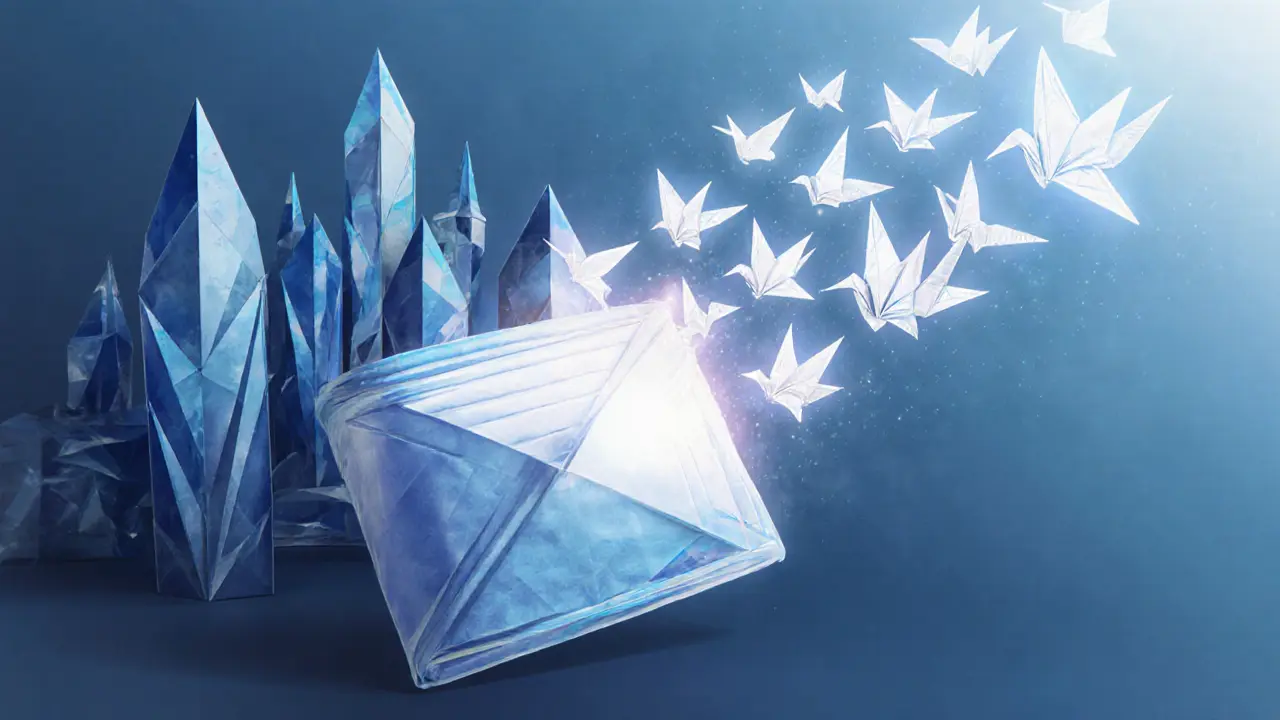
Frequently Asked Questions
Do zero-fee coins really have no cost?
The user never pays a per‑transaction fee. However, you may still incur network‑level costs such as staking requirements, exchange withdrawal fees, or occasional bridge fees when moving assets between chains.
Is my money safe on a fee‑free network?
Safety depends on the consensus model. DPoS systems like Tron have fewer validators, which can be an attack vector, while DAG‑based networks like Nano spread validation across many accounts. Always use reputable wallets and keep enough balance for staking (if required).
Can I use zero‑fee crypto for large purchases?
Yes, but liquidity matters. Large‑volume exchanges may have slippage or limited order books for Nano or IOTA. Tron and Stellar have deeper markets, making big trades easier.
How do zero-fee networks stay funded?
Most rely on token inflation (new coins minted for validators), ecosystem grants, or donations from foundations. Some also earn revenue from premium services like staking-as-a-service.
Which zero-fee crypto should I try first?
If you want instant micro‑payments, start with Nano. For IoT projects, explore IOTA. For gaming or DeFi, Tron offers a mature SDK. For cross‑border fiat conversion, Stellar’s low‑fee bridge is ideal.

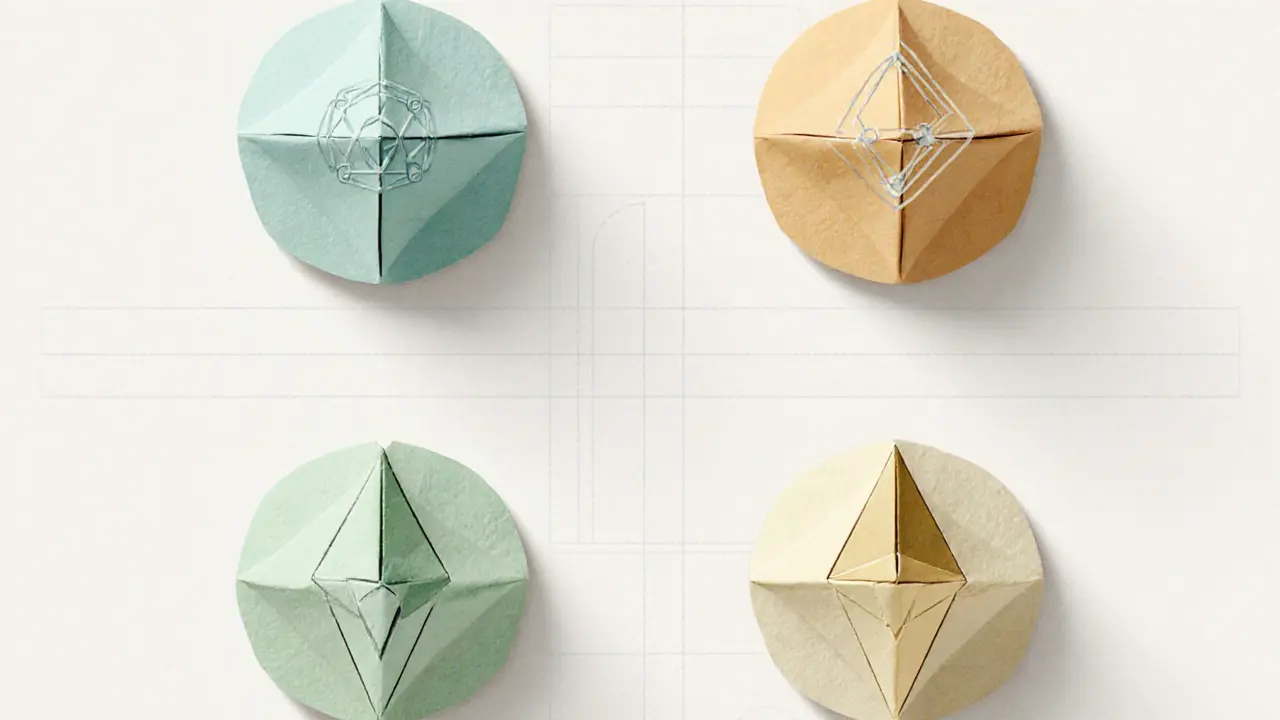
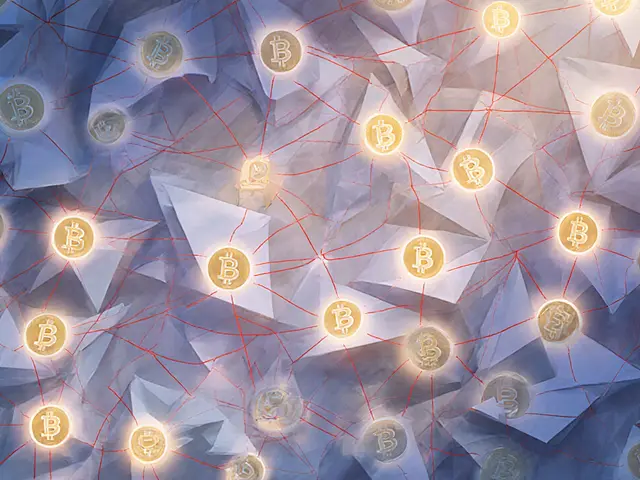

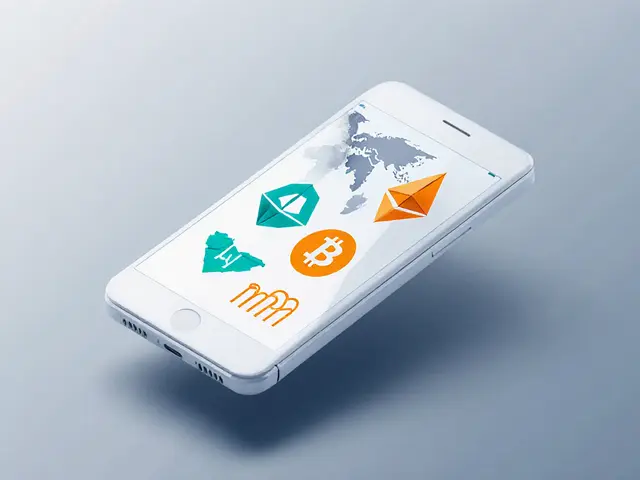
Marie Salcedo
Great overview! I’m excited to try Nano for micro‑payments.
Noel Lees
Zero‑fee cryptos sound like a dream, but the reality is a bit messier. You still need to lock up staking tokens or trust a small validator set, which can be a hidden cost. The instant finality of Nano or IOTA is impressive, especially for IoT devices. Just remember that exchanges will still charge withdrawal fees, so it’s not completely free. Overall, the tech is evolving fast 😎.
Raphael Tomasetti
DAG‑based ledgers like Nano and IOTA replace blocks with a web of micro‑chains, cutting miner fees. DPoS delegates validation to a few elected nodes, reducing computational overhead. These designs trade some decentralization for speed and cost efficiency.
Jenny Simpson
While the headline promises "zero‑fee", the underlying economics are far from simple.
Networks must still incentivize validators, and most do so by minting new tokens or charging indirect fees.
Take Nano: its block‑lattice architecture eliminates miner rewards, but representatives are paid from inflation.
IOTA’s Tangle forces every user to validate two previous transactions, turning usage into security work.
Tron subsidizes bandwidth, yet the core developers receive a share of newly minted TRX.
Stellar’s minuscule fee is kept alive by a modest inflation schedule.
In practice, users rarely see a line‑item fee, but the cost is embedded in tokenomics.
This hidden cost can affect long‑term sustainability, especially if token prices fall.
Moreover, the reduced validator set in many DPoS systems raises centralization concerns.
Regulators are already scrutinizing how these networks maintain security without transparent fee markets.
From a user perspective, the allure of sending a few cents with no fee is still powerful.
Developers can integrate these chains into games, IoT devices, or remittance apps with ease.
However, merchant adoption lags because liquidity and exchange pairs remain thin for some of these assets.
If you need to convert to fiat, you’ll often hit a spread on the exchange, eroding the zero‑fee advantage.
Future upgrades, like IOTA’s Coordicide, aim to remove the central coordinator and improve decentralization.
Should those upgrades succeed, we might finally see a genuinely fee‑free layer for everyday digital commerce.
Sabrina Qureshi
Wow!!! This analysis really hits the nail on the head!!! It’s fascinating how every “free” transaction is secretly funded by inflation, staking rewards, or hidden service fees!!! I love the dramatic flair!!!
Janelle Hansford
Love the positivity! If you’re just starting, Nano’s wallet setup is super straightforward – the official Nano Vault app walks you through each step.
dennis shiner
Sure, emojis are fun, but let’s be real – the “zero‑fee” claim only holds until you need to move funds off‑chain. Then you’ll hit exchange withdrawal fees that can dwarf any on‑chain cost.
Maggie Ruland
Cool jargon, but remember a DAG isn’t a magic bullet. You still need to understand the confirm‑two‑previous‑transactions rule or you’ll get stuck.
Joyce Welu Johnson
Hey everyone, just a heads‑up – if you’re using Stellar for cross‑border payments, make sure you keep a tiny stash of XLM for the mandatory base reserve. Without it, your account can’t receive funds.
Ally Woods
Sounds cool but I’m not gonna read the whole thing.
Kristen Rws
Im so exsited to try these zero fee crypto's! they look realy easy 2 use.
Fionnbharr Davies
From a broader perspective, fee‑less systems challenge the traditional economic model of block‑chains, urging us to rethink how value and trust are aligned in decentralized networks.
Narender Kumar
Distinguished readers, it is incumbent upon us to appreciate the nuanced interplay between protocol design and fiscal policy that renders these transactions ostensibly fee‑free.
Anurag Sinha
Ever notice how every "free" crypto is actually funded by a secret cabal of insiders? The algorithms are rigged, the fees are hidden in the code, and the common folk never see it coming.